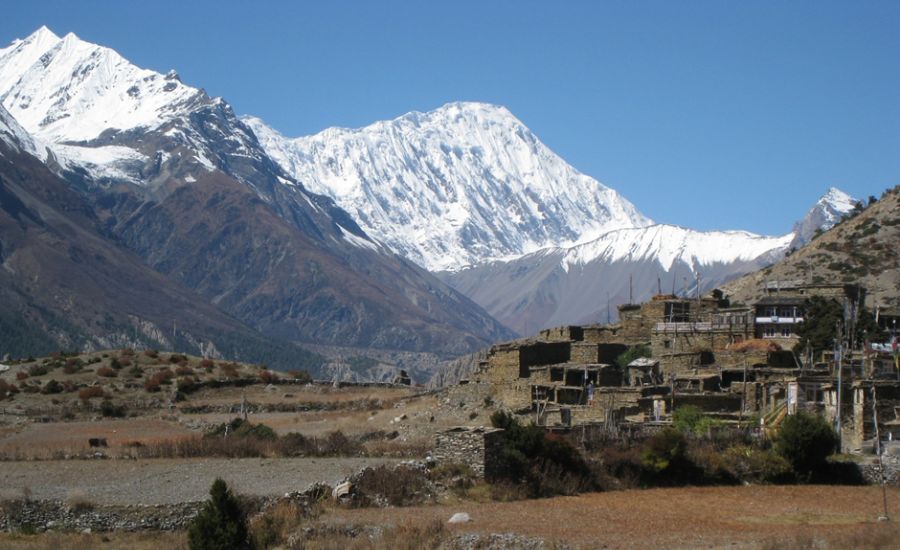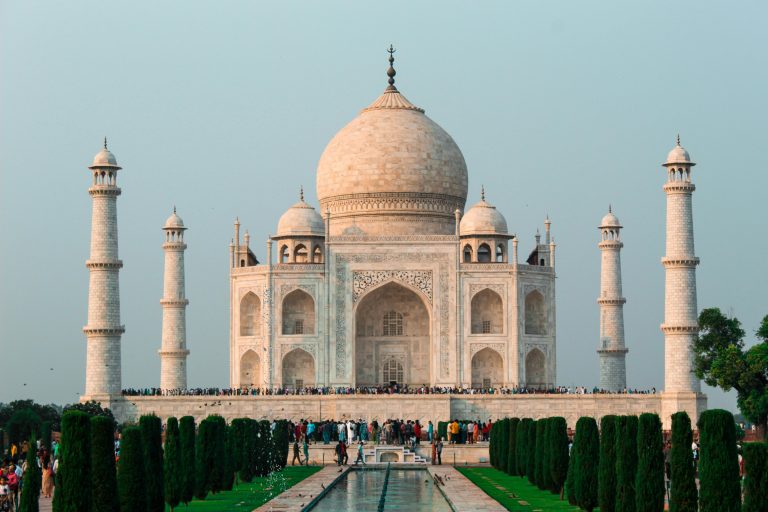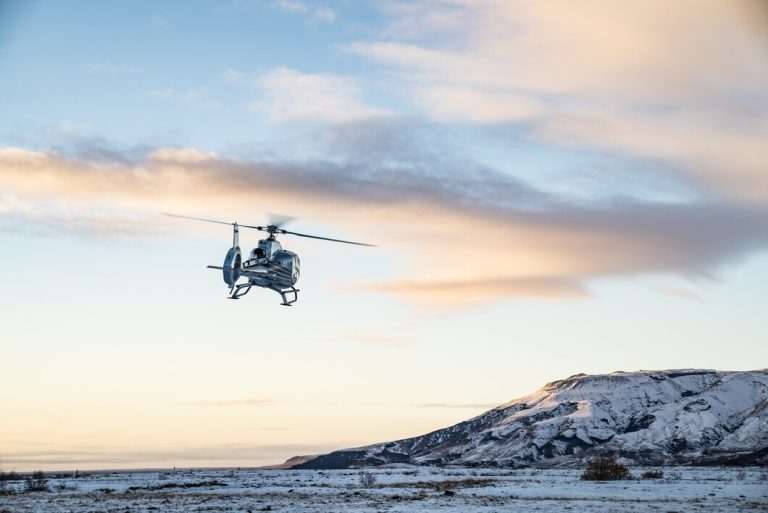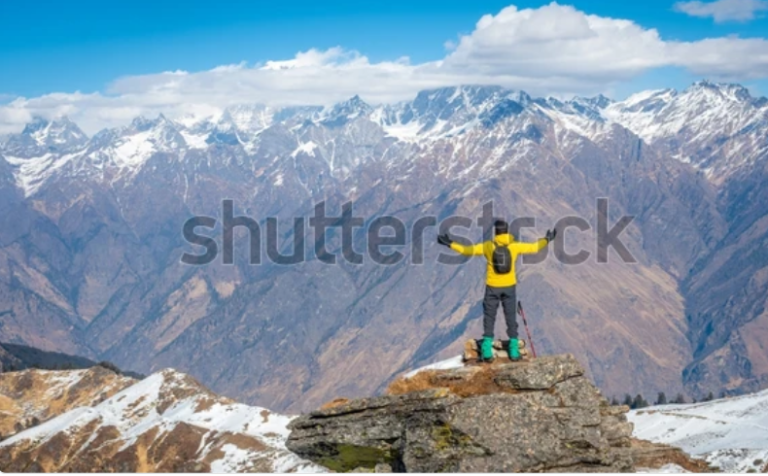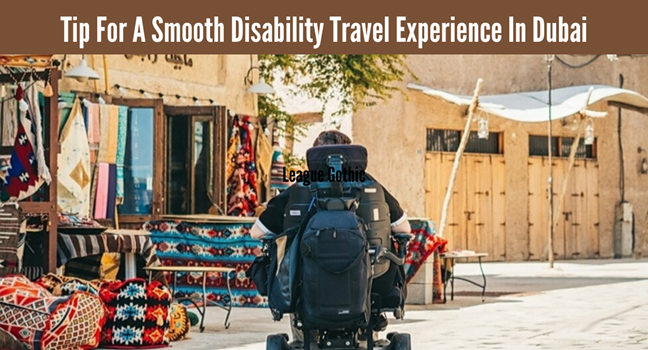Health And Fitness Preparation For The Annapurna Circuit Trek: Getting Trek-Ready
While going for a trek, you should be prepared at both levels; physical and mental levels. Physical preparedness is necessary for trekking as it improves your performance and better your safety and comfort level.
In contrast, you should be equally prepared at a mental level to be able to handle unexpected situations, maintain a confidence level, and improve your trekking experience.
When it comes to Annapurna Circuit Trek, then you should not even think of skipping the preparations. You have to do daily hikes covering 10-15 km with altitude differences of up to 1,000m during the trek. So, preparedness at mental and physical level is necessary.
As there is discussion going on about physical and mental preparedness, you shouldn’t forget about preparing for acclimatization. It helps you to prevent altitude sickness.
Furthermore, you should be prepared for vertical and horizontal climbs, as well as varying weather conditions. Continue reading the blog till the end for complete health and fitness tips for preparing for the Annapurna circuit trek.
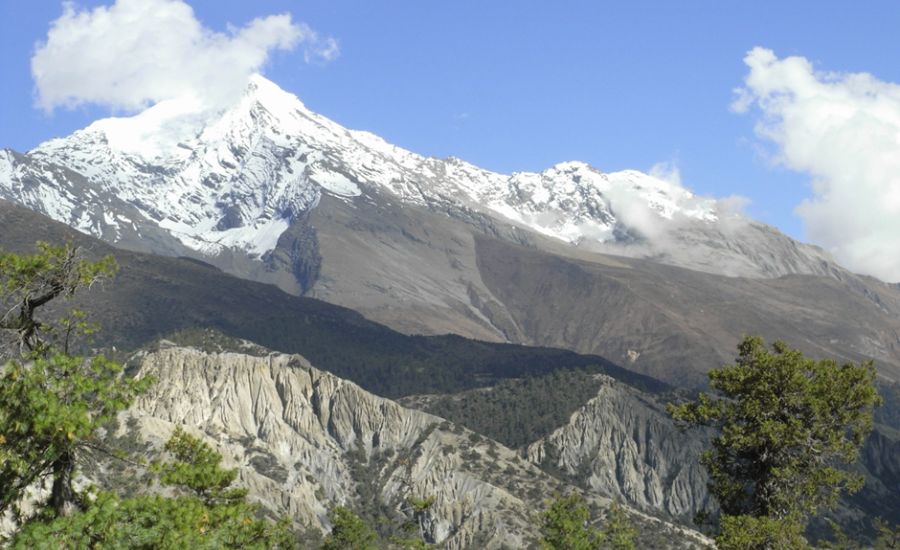
Health And Fitness Preparation
Knowing Your Current Fitness Level
To start the preparation, you must know your cardiovascular fitness, leg strength, endurance, flexibility, and mental strength. So that you can plan your preparation accordingly and improve your level to match your physical requirements for the trek.
Moreover, I suggest you consult with a healthcare professional before starting fitness training for the hike. A doctor can provide you with health guidance, including advice on cardiovascular exercises, strength training routines, and acclimatization strategies.
Developing a Training Plan
To have a safer and more enjoyable journey during the Annapurna Circuit Trek, you have to develop and do a proper training plan. You may start your training 2-3 months before the hike starts if possible.
A good training plan helps you build the stamina and endurance capacity that is needed throughout the trek in the Annapurna Region.
Cardiovascular or aerobic training
During the Annapurna circuit trek, various challenges may come on your way. You have to be prepared for these challenges. So, to be able to face these problems without hurting yourself, cardiovascular training is needed before officially going for the trek. Some of the best aerobic exercises are listed below with small descriptions.
- Running- burn excess fats and calories
- Swimming- focuses on full body
- Cycling-builds lower-body strength
Strength training
While doing strength training, the legs and upper body are mainly focused. Leg and upper body muscles are used most when walking in vertical and horizontal landscapes.The strength training exercises include deadlifts, thrusts, squats, and pushups.
- Deadlifts-focuses on muscles in the back, legs, and core
- Squats- focuses on muscles in the legs and glutes
- Thrusts- targets on glutes and improves hip extension strength
- Push Ups- targets the muscles in the chest, shoulders, and triceps,
Hill climb training
This training is all about mimicking the trekking in the Annapurna circuit. In this training, you have to climb the small hills with a weighted trekking bag to check your strength.
Flexibility training
Flexibility is equally important for trekking. Yoga stretches can help you improve your flexibility, especially for the lower legs and triceps. Yoga sequences are given below.
- Child’s pose(Balasana)- stretches hips, thighs, and ankles
- Downward-facing dog(AdhoMukhaSvanasana)- stretches the hips, hamstrings, and calves, strengthening the ankles, quadriceps, and shoulders
- Thunderbolt pose(Utkayasana)-strengthens the thighs, calves, ankles, and spine while stretching the chest and shoulders
- Little Thunderbolt -stretches the entire front of the body, including the ankles, thighs, groins, abdomen, chest, throat, and deep hip flexors
- Puppy Dog Pose (UttanaShishosana) -stretches and strengthens the hips, hamstrings, and spine
These exercises provide you with mental comfort, spinal relaxation, and neck stretches.
Moreover, just before going trek, you should practice high knees, jumping jacks, and leg swings.
Doing above mentioned cardiovascular, strength, and flexibility exercises at least 5-6 times a week, for 2-3 months before going on a trekking journey, gives you a safer hiking experience.
Nutrition and Hydration
Good food with proper nutrients is essential for speed recovery of the muscle while doing training. During exercises and training, you will sweat a lot. So, it is also important to stay hydrated.
You should follow these tips whether you are preparing for a trek, going for a trek, or performing day-to-day activities.
Meal planning for trekking
You mustinclude60% carbohydrates, 30% protein, and 10% fat in your total nutrient content of your diet to have a perfect balanced diet plan. This will help you increase your trekking efficiency. Carbs like oats, pasta, bread, and rice provide you with a steady energy supply.
Healthy fats such as nuts and nut butter support recovery, energy supply, and the immune system so that you won’t fall sick. Moreover, protein plays an important role in the repair process while hiking.
Hydration strategies
If we listen to science, it says that the adult human body is made up of 60% water. So, even if you don’t do hikes, you still have to drink a required amount of water.
While in training or hiking, staying hydrated is most important. You should drink 1-1.5 liters of water per day, increasing to 3-4 liters above 10,000 feet.
Experts suggests to take small sips every 15-20 minutes during trekking. It will help you to prevent dehydration at higher altitudes.
Mental Preparation
Understanding the mental challenges and developing mental strength
While going for a hike, you have to keep a positive mental attitude. It is important when dealing with mental challenges like fatigue and altitude sickness during the high-altitude trek.
Altitude sickness is caused due to low oxygen availability at high hills. You may have headaches, nausea, shortness of breath, and fatigue while climbing the vertical hills or going down.
So, to prevent these problems, you have to practice mindfulness and maintain a positive attitude while facing these challenges. Immersing yourself in the beauty of nature can also help you reduce anxiety during the hike.
Moreover, celebrating each milestone, and surrounding yourself with supportive climbers can also help you overcome mental fatigue.
Relaxation techniques
Some of the popular relaxation techniques that help you overcome fear and anxiety during trekking are meditation, visualization, and mindfulness.
Deep breathing, listening to other trekkers’ experiences, visualizing someone’s mind, feeling the cold wind, and meditating can help you experience joy and motivation.
These are the techniques that help you calm your heart rate, adrenaline, and cortisol levels in stressful situations.
Packing Essentials
Clothing
To survive in higher altitudes without falling sick, you have to choose clothing carefully. Lightweight, quick-drying hiking pants and thermal clothing are recommended. You can use fleece jackets, rain jackets, and down jackets for warmth.
There is a technique popular among hikers called the layering technique. In this technique, you start to wear clothes with a thermal layer and add tees, woolen jumpers, and fleeces. As the day warms up, you can remove the layers easily.
Another thing you should consider buying is waterproof, high-quality hiking boots to withstand varying hills and weather conditions.
Trekking gear
For essential trekking gear, you should pack according to the varying paths and comfort levels. The messy backpack can increase your stress level in finding things, so the 30-35L backpack is recommended.
Moreover, sleeping bags help you rest comfortably. Don’t forget to add a water purification system that is needed to drink pure water to stay hydrated.
First aid kit
It is not necessary that you get hurt, but carrying a first aid kit is for future problems. You or your mates may get injured during the hike cause the trek is filled with challenges and difficulties.
Bacteria may attack the wound and make it more serious, so carrying required dettol antiseptics, clean badge, and cotton buds are recommended.
Furthermore, for severe pain, you should carry painkillers, for vomiting, nausea is best, and for constipation problems, anti-constipation tablets are suggested.
The other important things that you shouldn’t forget are antiseptic cream, plasters, blister plasters, and sports tape. These medicines help you during emergency times.
Additionally, you shouldn’t forget Diamox which is a good altitude sickness medication. For maintaining personal hygiene, carry items like sunscreen, lip balm, wet wipes, and hand sanitizer. These items protect you against the elements.
In addition to the medications for treating and monitoring altitude sickness, you should carry blister plasters and an oximeter.
Final Words
While doing preparations, focus on strength training of your lower legs, and upper body, and engage in cardiovascular workouts to improve your overall fitness.
Moreover, build endurance and stamina to prevent altitude sickness and choose the right footwear as you will be going through various roads and trails with rocks or snow.
You should remember that the key to a successful trekking journey is its preparation. If you prepare well and prioritize your safety, you can enjoy a safe trekking experience.
Read More: https://ambitionhimalaya.com/short-annapurna-circuit-trek/

